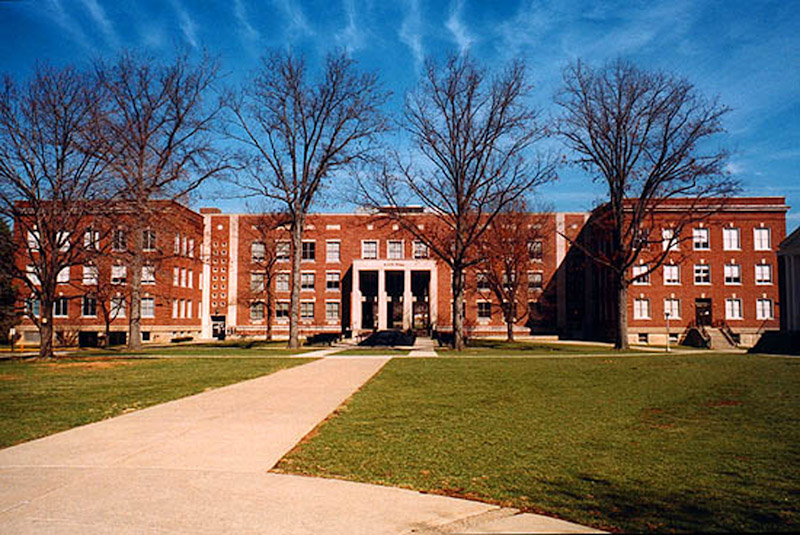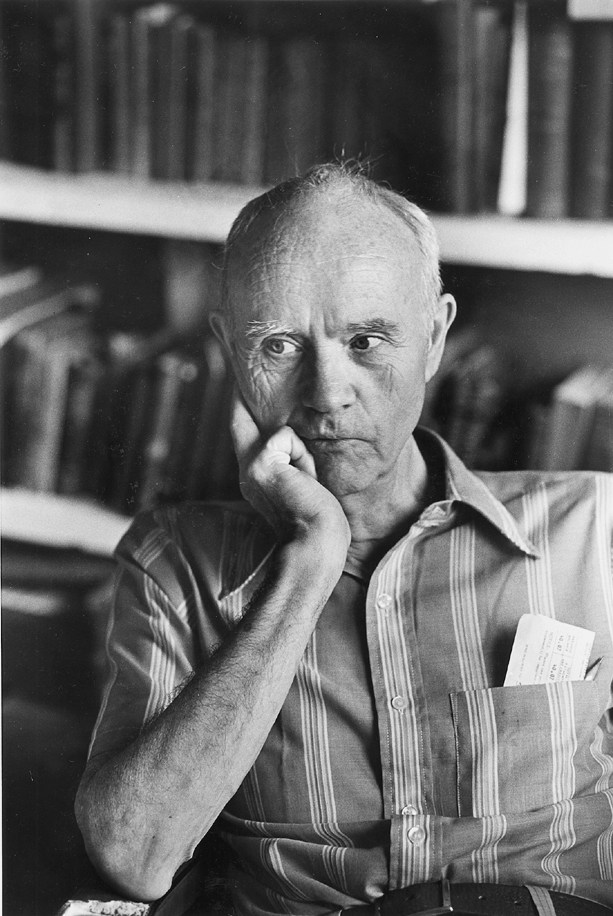

The following events happened on these dates in West Virginia history. To read more, go to e-WV: The West Virginia Encyclopedia at www.wvencyclopedia.org
Feb. 25, 1903: An armed posse ambushed striking miners in their homes in the village of Stanaford near Beckley. Six miners were killed; federal judge B. F. Keller exonerated the posse.
Feb. 25, 1911: Newspaperman Jim Comstock was born in Richwood. In 1957, he founded the West Virginia Hillbilly, a weekly newspaper that circulated inside and outside the state.
Feb. 26, 1869: The legislature approved a bill moving the state capital to Charleston.
Feb. 26, 1972: One of the country’s worst mining-related disasters occurred on Buffalo Creek in Logan County. A coal waste dam collapsed, sending 132 million gallons of water, coal refuse and silt into the valley. In the end, 125 people, including entire families, were killed, and 1,000 people were injured.
Feb. 27, 1867: Marshall College (now university) was established as a normal school to train teachers. The first term began June 15, 1868, with 25 students enrolled in three departments.
Feb. 27, 1871: Summers County was established from segments of Fayette, Greenbrier, Mercer and Monroe counties. The county was named after George W. Summers, one of West Virginia’s founders.
Feb. 27, 1871: The legislature approved an act incorporating the city of Huntington.
Feb. 28, 1831: Fayette County was formed by the General Assembly of Virginia from parts of Kanawha, Nicholas, Greenbrier and Logan counties. The county was named for the Marquis de Lafayette, the French military officer who served under George Washington during the Revolutionary War.
Feb. 28, 1858: McDowell County, the southernmost county in West Virginia, was created from part of Tazewell County, Virginia. The new county was named after James McDowell, a governor of Virginia.
Feb. 28, 1875: Musician Edwin “Edden” Hammons was born in Pocahontas County. A subsistence farmer and hunter, he is remembered as one of West Virginia’s finest traditional fiddlers.
Feb. 28, 1909: Athlete John Zontini was born. Nicknamed the “Sheik of Seth” for his outstanding football career at Sherman High School in Boone County, he still holds state high school and Marshall University rushing records.
Feb. 29, 1888: Republican Stephen B. Elkins, who had grown up in Missouri, gave his first political speech in West Virginia. He was soon appointed U.S. secretary of war and then elected to the U.S. Senate, becoming a major Republican figure in the state and nation.
March 1, 1831: Jackson County was created from parts of Wood, Mason and Kanawha counties and named in honor of Andrew Jackson, the seventh president.
March 1, 1870: The legislature passed an act to create a branch normal school at West Liberty. For the next 61 years, the school was a teacher preparatory institution. It is now a university.
March 1, 1898: Homer Adams Holt was born in Lewisburg. In 1937, he became West Virginia’s 20th governor.
March 2, 1840: The Virginia General Assembly granted a charter for Bethany College. From the beginning, it has been a four-year, baccalaureate-degree college, the oldest such institution in West Virginia.
March 2, 1896: Clair Bee was born in Pennsboro. Bee was a successful, innovative college basketball coach and widely published author of both technical basketball books and young adult fiction centered on sports.
March 2, 1915: A blast swept through Layland No. 3 Mine in Fayette County, killing 114 men.
March 2, 1927: The West Virginia capitol building known as the “pasteboard capitol” was destroyed by fire. This wood-frame building in downtown Charleston had been built in just 42 days after the previous Victorian-style capitol building burned in 1921.
March 2, 1961: Governor Wally Barron signed legislation that granted Marshall College university status.



